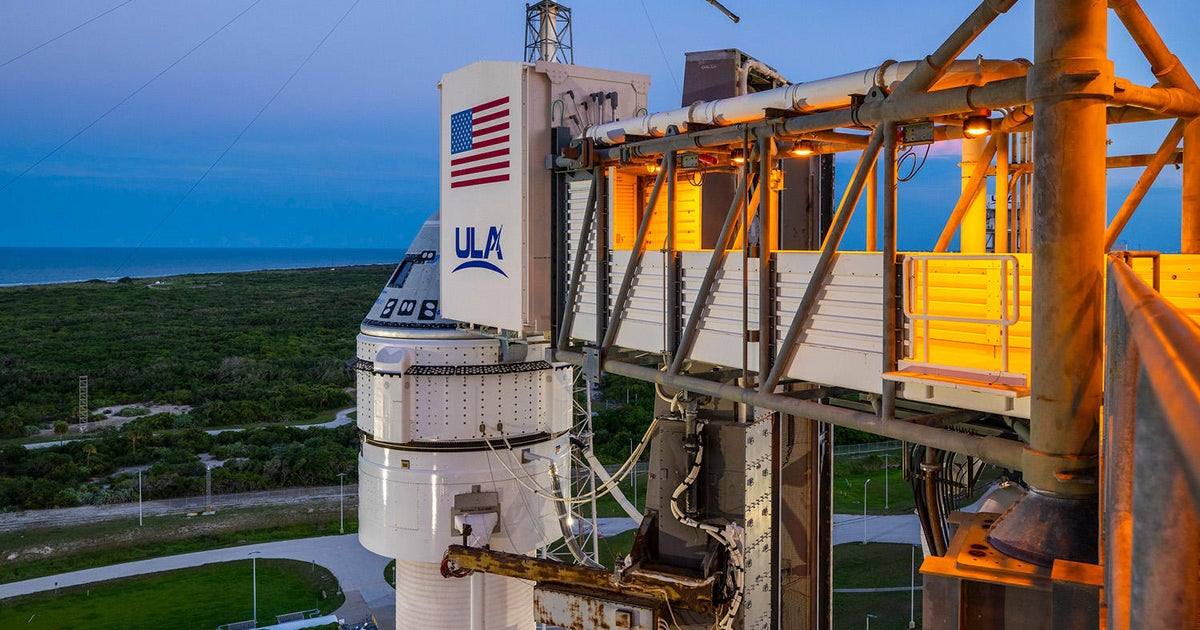
Boeing's Starliner Spacecraft Set for Historic Launch with Crew on Board
Boeing's Starliner spacecraft is set to launch on Saturday, May 31, 2024 for a test flight to the International Space Station with astronauts Barry 'Butch' Wilmore and Sunita Williams aboard. This marks the first time humans will fly aboard Boeing's Starliner spacecraft.
The Atlas V rocket, produced by United Launch Alliance (ULA), will propel the Starliner into orbit in about 12 minutes, initiating a 25-hour rendezvous with the space station. The purpose of this mission is to test the Starliner spacecraft and its subsystems before NASA can certify it for rotational missions.
However, there have been several issues leading up to this launch. A urine processor pump module was added at the last minute to replace one that failed aboard the station earlier in the week. The Commercial Crew Program, which funded SpaceX's Crew Dragon ferry ships and Boeing's Starliner, aims to provide post-shuttle transportation to and from the space station without relying on Russia for rides aboard the Soyuz spacecraft.
Boeing's Starliner has suffered a steady stream of problems that have delayed the first piloted flight by four years, costing the company over $1 billion to correct. The launch was previously scrubbed due to a suspect oxygen relief valve on the Atlas V rocket's Centaur second stage, which has since been removed and replaced.
NASA astronauts Butch Wilmore and Sunita Williams will remain at the space station for about a week to test the Starliner spacecraft and its subsystems before NASA works to complete final certification of the transportation system. The launch is set to liftoff at 12:25 p.m. on Saturday, May 31, from Space Launch Complex-41 at Cape Canaveral Space Force Station in Florida.



